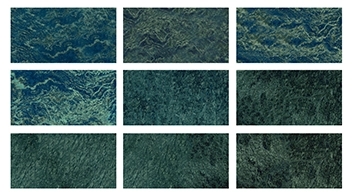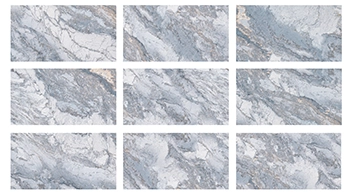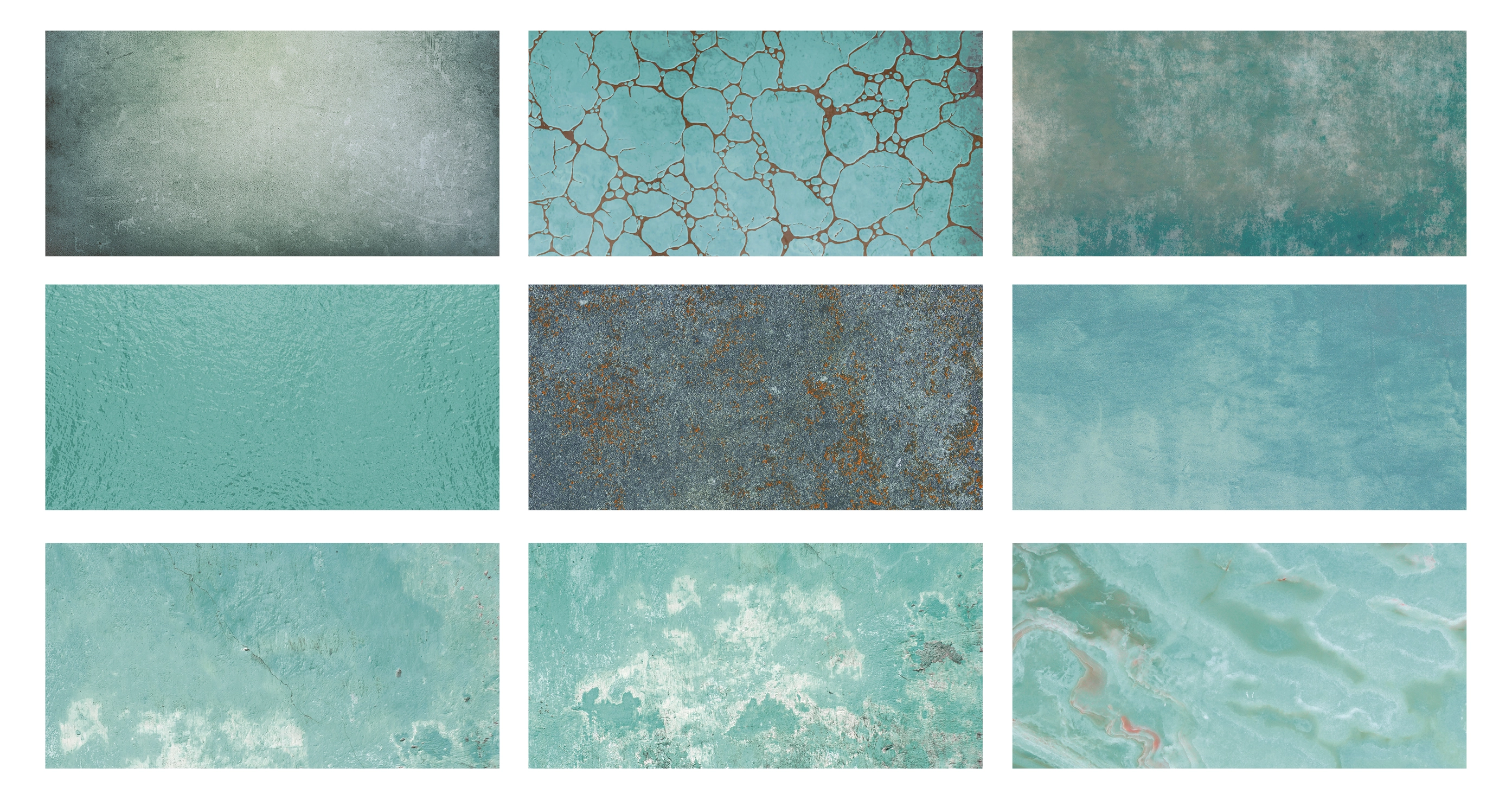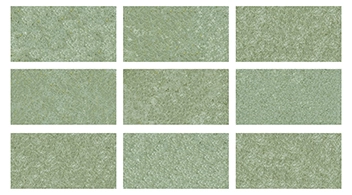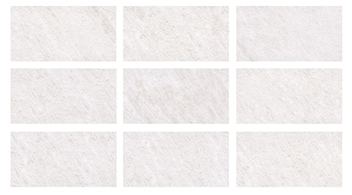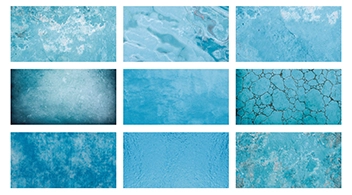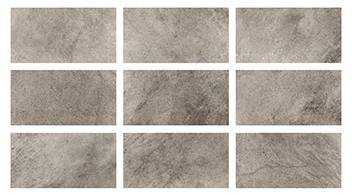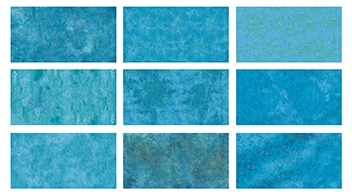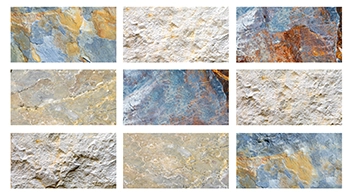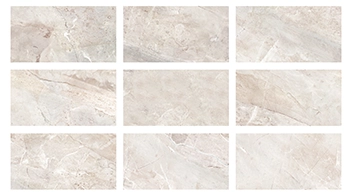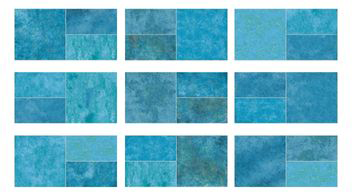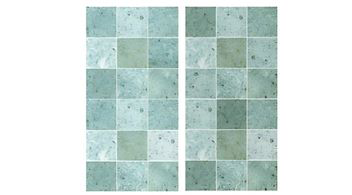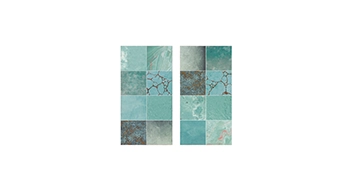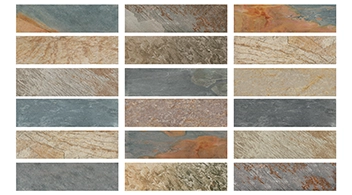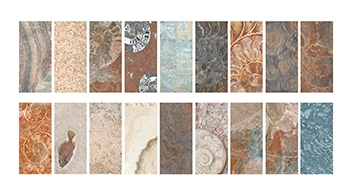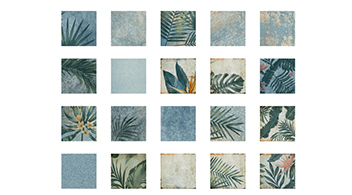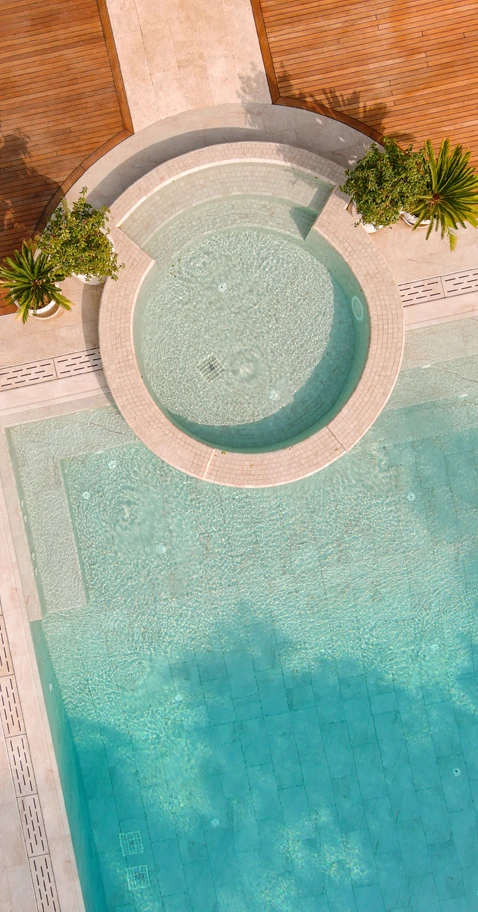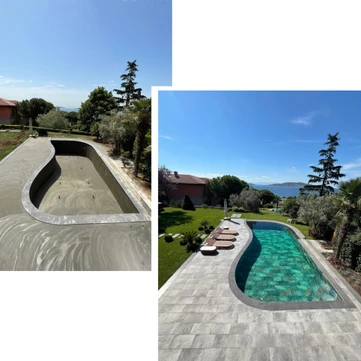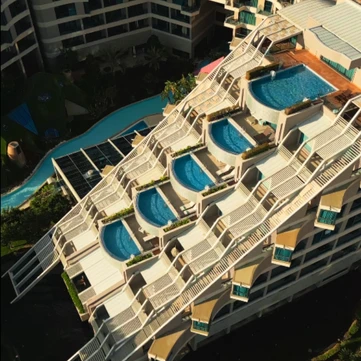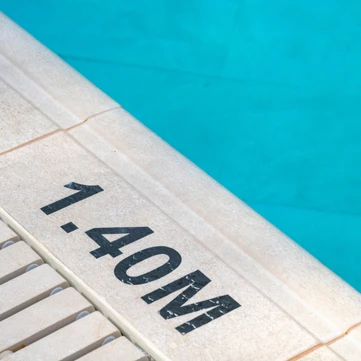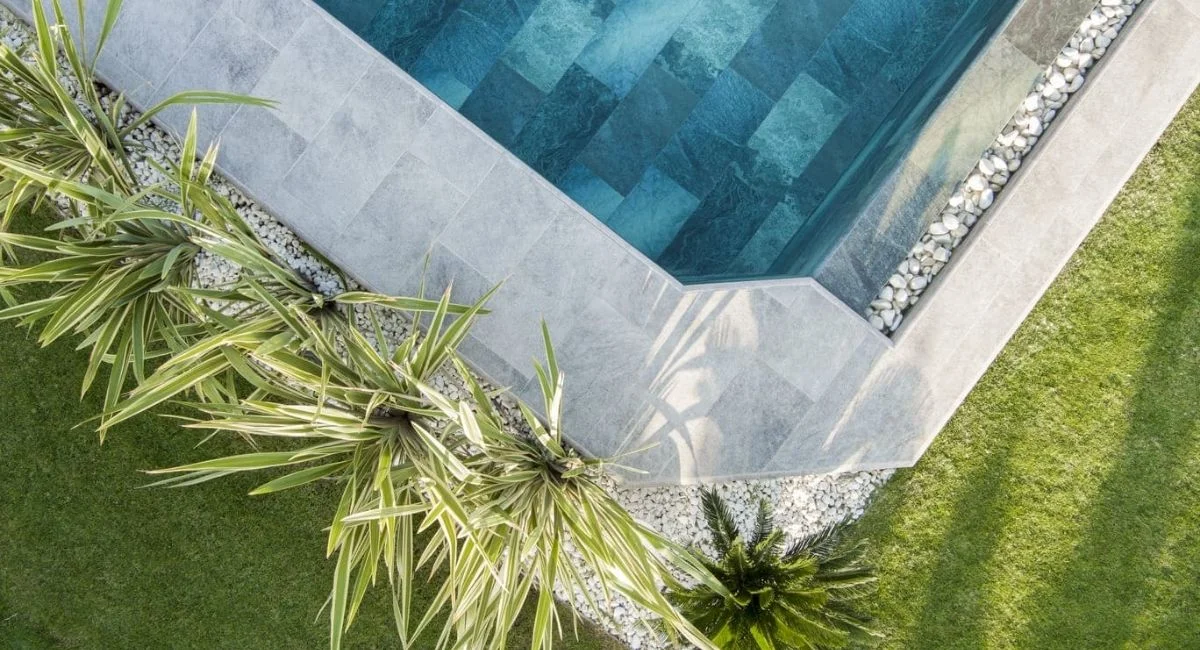
The architectural value of a swimming pool is not solely defined by the surface materials used, but also by the design elements that enhance the surrounding environment. Carefully selected landscape plants not only contribute to visual harmony but also enhance comfort and transform the design into a more functional experience. In this guide, you’ll discover the top 10 plant suggestions that bring both beauty and practicality to poolside areas, selected based on criteria such as climate compatibility and ease of maintenance.
Balancing Aesthetics and Functionality in Pool Landscaping
Achieving design coherence in pool architecture goes beyond choosing the right surface finishes. Landscaping elements that aesthetically and functionally connect the pool to its environment play a critical role in defining the character of the project. Proper plant selection does more than create visual unity—it also provides low-maintenance solutions, adapts to climate conditions, and enhances poolside comfort. This article highlights 10 ideal plant species for pool surroundings, evaluated for their aesthetic value and functional contribution.
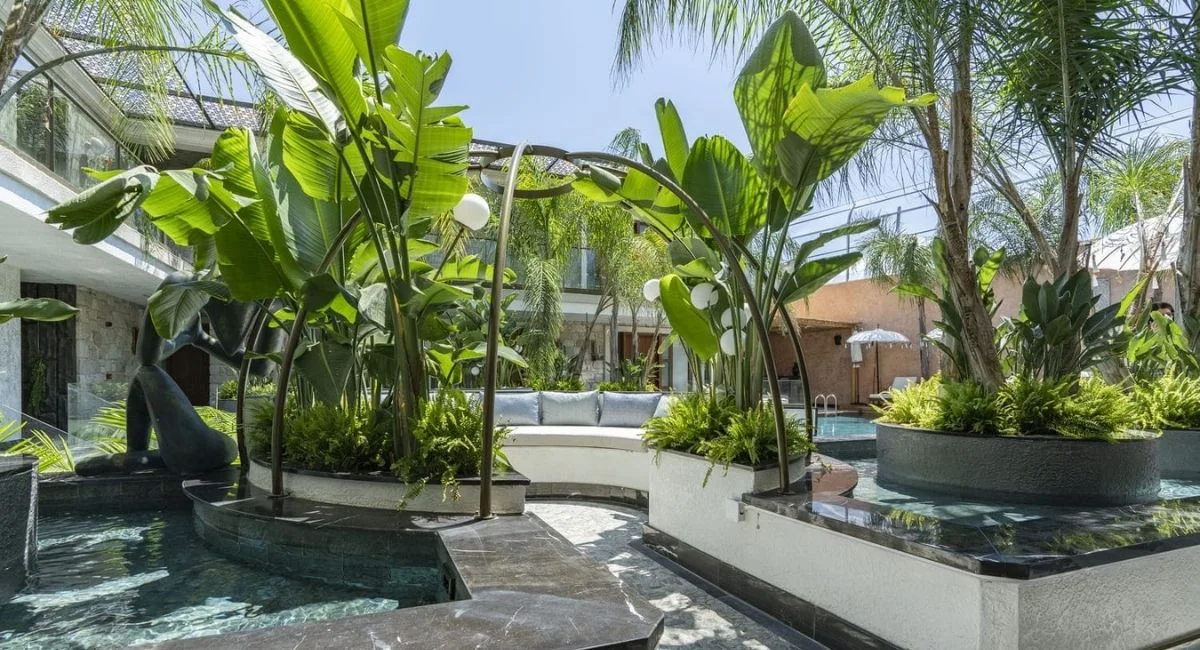
1. Tropical Ambiance and Shade: Banana Trees
Banana trees, with their long and wide leaves, create a tropical atmosphere while also providing shade to increase user comfort. Their broad foliage brings a cooling effect around the pool and, since they don’t shed leaves excessively, they minimize pool cleaning needs. These moisture-loving trees may require watering twice a day in hot climates, but their low water demand in winter makes them easy to maintain.
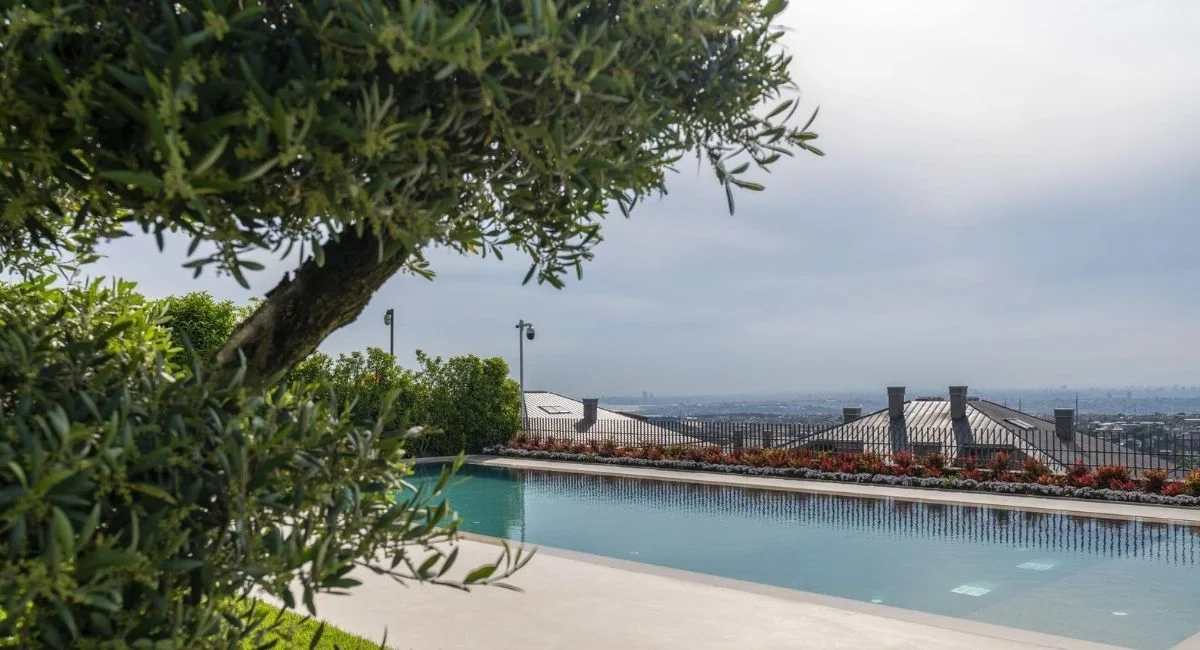
2. A Timeless Classic: Olive Trees
With their ancient legacy and minimal forms, olive trees add an elegant touch to modern landscaping. Their resistance to drought and hot weather makes them a low-maintenance favorite for pool areas. Strongly reflecting Mediterranean character, they lend an air of calm and sophistication to any setting.
3. Sculptural Beauty: Agave Americana
Known for their architectural shape, Agave Americana plants offer a sculptural aesthetic. Their sharp, evergreen leaves provide a striking presence without requiring frequent care. Needing minimal water, they are ideal for designs that highlight natural forms.
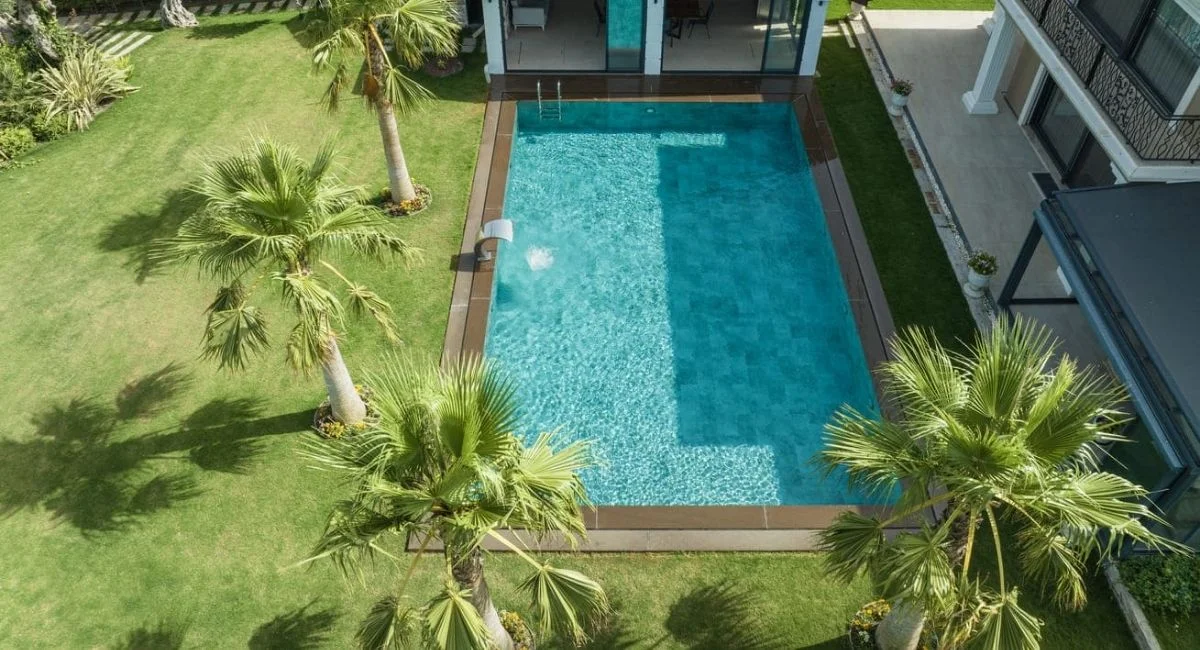
4. Exotic Icon: Palm Trees
Tall trunks and wide fronds make palm trees a vertical feature that adds both function and style. When non-pollinating and non-shedding species are selected, they ensure cleanliness and increase comfort. Their suitability for warm climates and long lifespan make them a must-have for tropical-inspired designs.
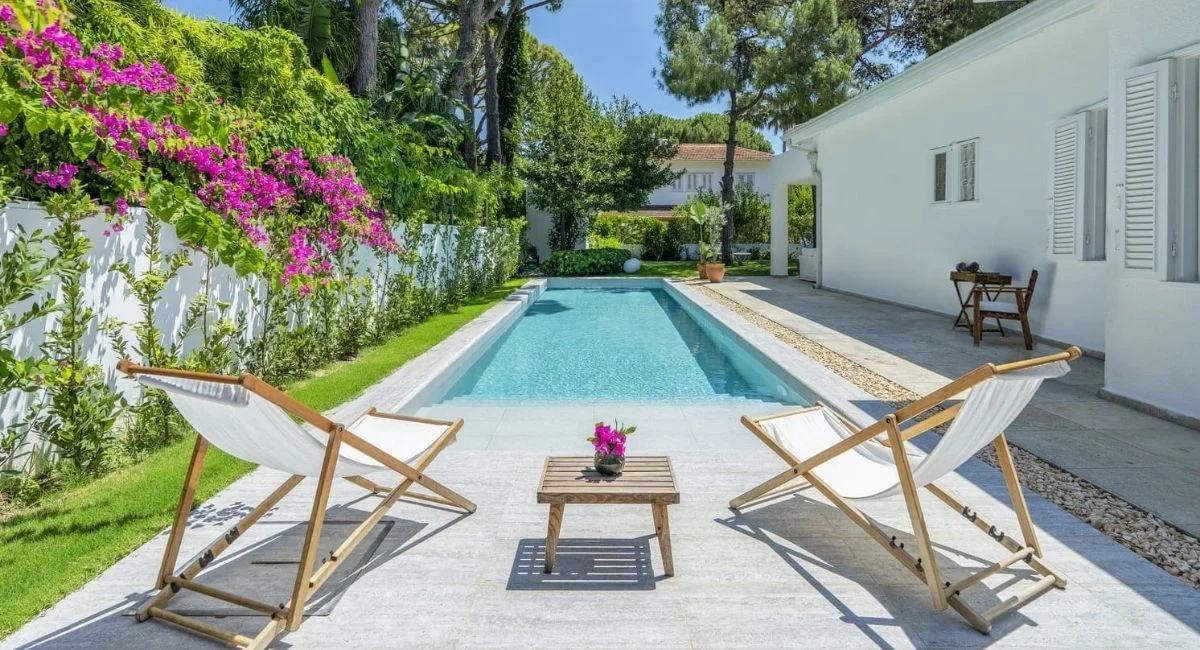
5. Vibrant Color Accent: Bougainvillea
Bougainvillea adds lively character to pool areas with its vibrant blooms. It needs regular watering during the initial stages but thrives in sunny, wind-protected locations once established. Due to its tendency to shed, it is best positioned away from the pool. With its delicate flowers and rich color palette, it enhances the landscape’s aesthetic appeal.
6. Elegant Simplicity: Fountain Grass (Pennisetum)
Offering a clean and stylish look with its fine, long leaves, fountain grass maintains greenery throughout the year and doesn’t shed leaves, providing visual continuity. Its exotic look and low maintenance needs make it a decorative highlight in modern pool projects.
7. Natural Privacy: Lemon Cypress
With its upright structure, lemon cypress forms a natural screen that enhances privacy around the pool. Its bright yellow-green foliage brings vitality to the garden. Suitable for both planters and soil, it grows easily thanks to its low water requirements.
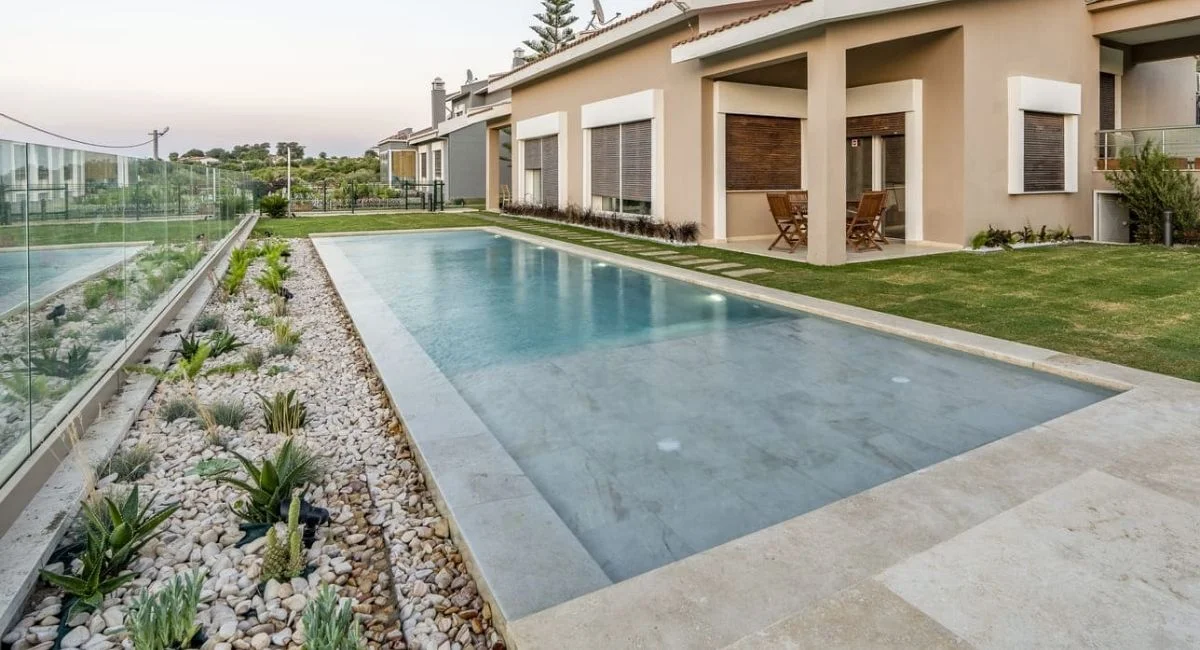
8. Minimalist & Enduring: Succulents and Cacti
Succulents and cacti are easy-to-maintain, visually impactful plants. Their water-storing abilities reduce irrigation needs, while their bold forms create natural contrast in minimalist designs. Due to their spiny textures, it’s recommended to place them at a safe distance in pools used by families with children.
9. Vivid Natural Borders: Geraniums
Geraniums, with their bold colors and full shapes, enliven pool surroundings and provide a soft, natural boundary. Their distinct scent and longevity make them both decorative and functional. Thriving in sunlight, they add charm with the right placement.
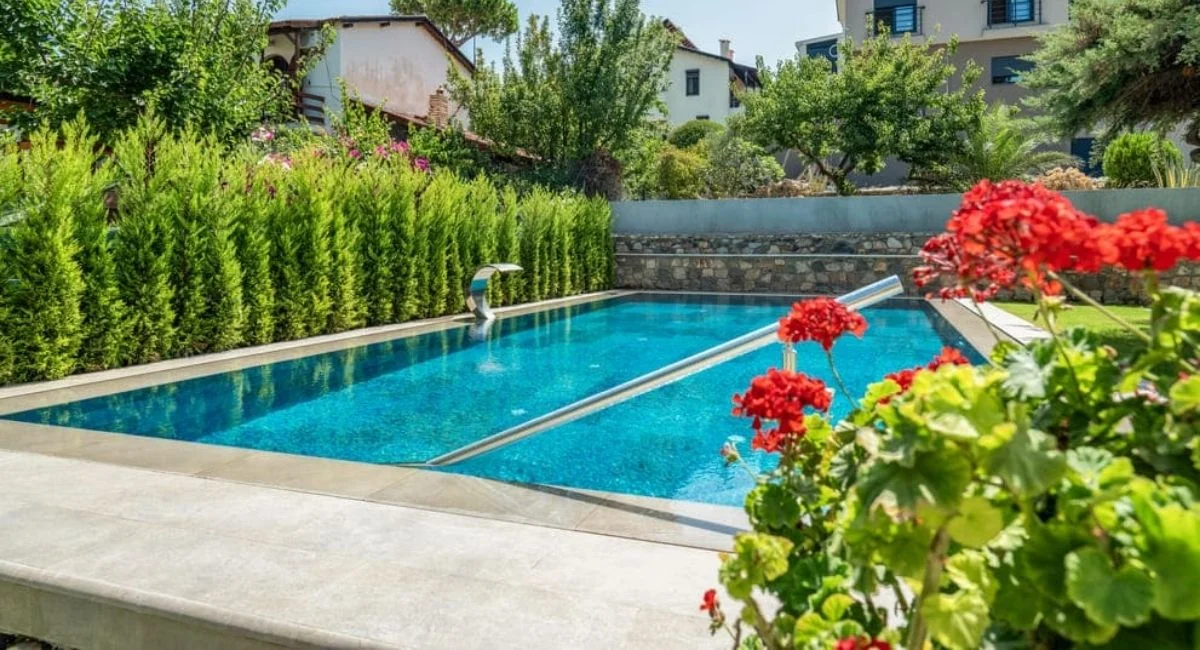
10. Evergreen All Year: Phormium Tenax Variegata
With high tolerance to saltwater and evergreen leaves, Phormium tenax is ideal for sustainable landscapes. Its pointed, elegant foliage blends natural aesthetics with modern design, and its compatibility with Mediterranean climates meets technical demands.
Professional Tips for Choosing Poolside Plants
- Leave adequate spacing between plants to ensure healthy root development.
- Place deciduous species away from the pool to avoid debris in the water.
- Annual soil replacement and fertilization help maintain plant vitality.
- Water and sunlight requirements must be met according to each plant’s needs.
- Evergreen varieties ensure year-round aesthetic continuity.
